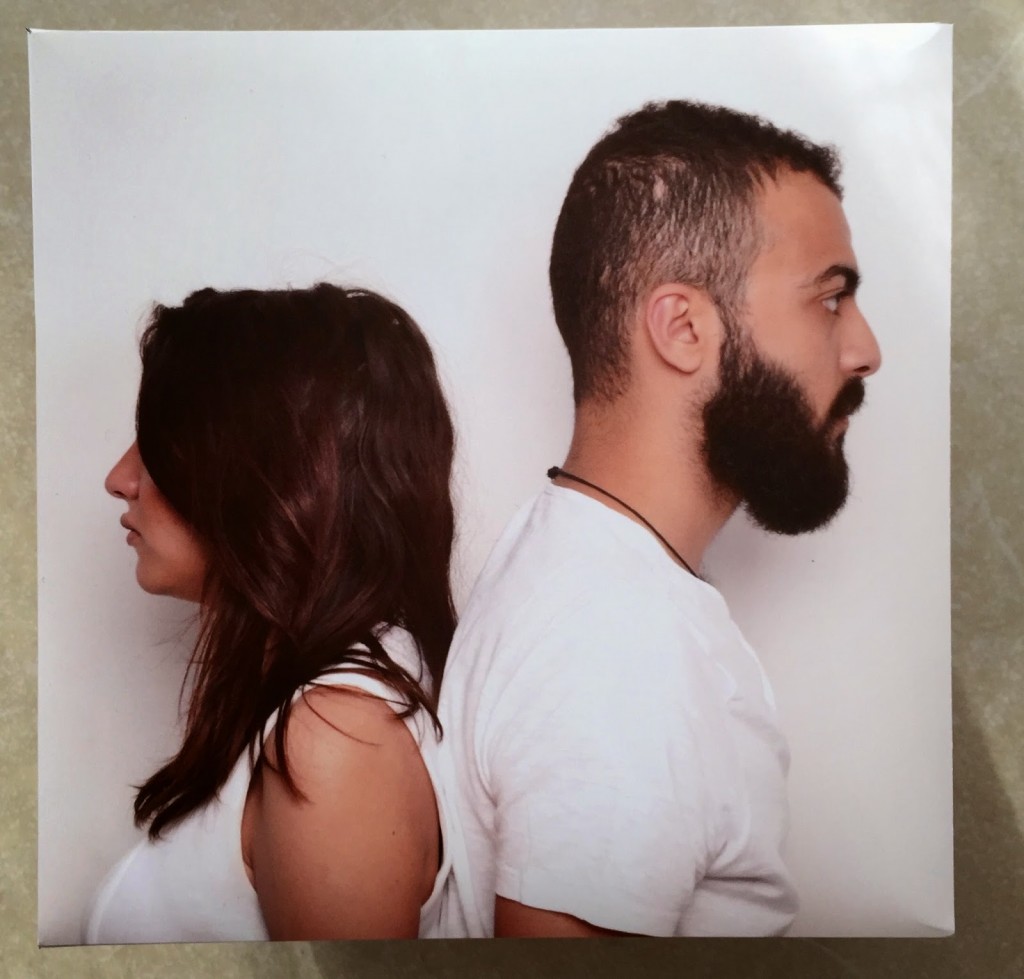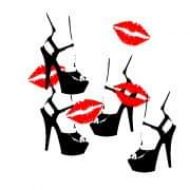
Descending from a line of politically and socially active women, I always had a different perspective on women’s issues. I was just as vocal and as active as the generations of women that preceded me in my bloodline. I studied in Bahrain and came to the United Arab Emirates to pursue my university degree in the American university in Dubai in International Studies.
Aside from our flags being different, I saw no drastic differences between the life of a Bahraini woman and that of an Emirati woman. Both women, here and there, were ruled by cultural morals. They were active if they wanted to be and inactive if they chose to be. However, almost every woman that I have met here was filled with motivation and inspiration to do more. For me and for them, pursuing a university degree was just the first step of what we have planned for the future.
However, women’s discrimination exists. It is here and it is everywhere. Whether it’s an Arab girl complaining to her parents that she should be allowed to stay out just as late as her older brothers do, or it’s an Afghan woman forced to marry her rapist to be “rescued from her shame;” it is still discrimination. It is a discrimination against the notion that men and women are both human beings, born as equals.
Cultural values and social rules construct a patriarchal society that enables men the upper hand. In some situations it is unnoticeable. It is as subtle as having a man sit at the head of the table, or expecting a man to pay the bill because he is the “provider.” On the other hand, it can be as extreme as female genital mutilation, which ironically is conducted by women themselves. In either case, religion, in particularly Islam, is not the cause of such actions. Islam does not breed patriarchy, nor does it encourage misogyny. It is culture, society, economy, interpretations of beliefs, and so on, that construct the patriarchal world that we live in.
A common misunderstanding is that Islam is an oppressing religion that restricts and devalues women. The former first lady of the United State, Laura Bush, talks about Afghanistan, which is located between the Middle East and Central Asia, and expresses her opinion on the oppressive nature of the Taliban group towards Muslim women. “We are now engaged in a worldwide effort to focus on the brutality against women and children by Taliban,”[1] she further explains that women’s oppression is “intimately linked” to the “violent” nature of Islam, and that it is the “American mission” to liberate such women from brutal oppression; “Saving the women of Islam became part of the post-9/11 Western agenda.” 1
This statement clearly represents one of the many flawed Western assumptions representing the Middle East and annoyingly resembles the ‘white man’s burden’ philosophy used by the West to exploit others. First thing is first; Islam cannot be concluded through the actions of one culture, and especially not through the actions of an extremist group. Taking a closer look into the Middle East and North Africa (MENA), through a report conducted by the World Bank[2], the link between oppression and Islam will further be clarified and the roots and causes of oppression will be distinguished.
The development report, conducted by the World Bank, adds on to the World Development Report of 2012, as it targets gender equality and female human development in the (MENA) region. Education is perceived as the “pathway to a meaningful career,”2 however factors such as family life and tradition; limited job availability of the private sector; and the decrease of fiscal sustainability of the public sector; have increased unemployment and hindered productivity levels as a whole.
Focusing primarily on women, this report conducts an analysis of quantitative data and qualitative research to argue the paradox in gender equality in the MENA region, where substantial increase in health and education is evident, but lacks female participation in the economic and public spheres. However, this essay will primarily focus on education and economic participation to explain the MENA paradox.
Since the 1970’s, MENA countries, in particularly Oman, Saudi Arabia, Tunisia, Algeria, and Morocco, have experienced fast paced development in female literacy rate, infant mortality and life expectancy. The region is on the right track to achieving gender parity in the key human development indicators.
Education, as mentioned above, is a main player in women’s empowerment and in transitioning women into the economic and political sectors to further “contribute to their community and build up an identity.” 2 The region has witnessed outstanding growth in the educational sector; some MENA countries now have a ‘reversed gender gap’, in which rates of female enrollment at a tertiary level exceeds that of male enrollment rates.
Although gender gap in the economic sector is present across the world, the MENA countries have shown disappointing results of these data compared to other regions.
On average, 50 percent of women (age 15+) participate in the labor market in other regions of the world, while in the MENA region only 25.2 percent women participate. Of course the previously mentioned statistics only measure the rate of female participants in the labor force, in which many women choose to disengage in economic participation due to difficulties in balancing family life and work. Measuring the rate of female unemployment to male unemployment gives a better understanding of the number of women who ‘want’ to participate in economic activities, but are out of work.
Women’s rate of unemployment is usually higher than men’s across the world. However, in the MENA region the gap seems to be wider than usual. The report explains that the measure of female unemployment is an underestimate of the true degree to which women lack economic opportunities. For example, underemployment and poor benefits are common factors in jobs in the informal sectors, in which the skills of well-educated women are underutilized. Another factor that doesn’t properly measure the lack of economic opportunities is the rate of male to female entrepreneurs. According to the World Bank, in the years between 2003 and 2010, women owned only 15 percent of the privately owned firms in the MENA region, making female entrepreneurs a minority2. But for now, a comparison between the rate of unemployment between men and women will be used. Figure 3 of the report2 measures the gap between male and female unemployment in the MENA countries, in which Tunisia is the only MENA country in which the rate of male unemployment exceeds that of a female’s.
As mentioned earlier, the high levels of human development fail to correspond with economic and political opportunities for women, which creates a paradox between those two aspects in the MENA region. Scholars and commentators have made the conclusion that the values and norms of Islam can be traced to this paradox. However, another study conducted by this report proves otherwise.
The report explains that some of these Muslim countries have lower rates of human development compared to the MENA region, however rates in economic participation exceeds that of the MENA region. So, for one to use religion, as a conjecture, to explain this paradox in gender outcomes is too simplistic. Of course religion has deep roots in customs and social norms and it does shape the social laws of one’s culture, but it is the interpretations and the evolutions of such things that impact the role and the perception of women.
The report claims history and interactions with various cultures play a role in shaping the social norms and laws of one’s culture. Even though the countries included in this study are Muslim majorities, the rate of female employment in the labor force is not dominated by one religious view, all women are considered2. So to say that Islam is a cause of limited economic participation for women is merely a conjecture since factors such as geography, culture and history should also be considered.
The US Library of Congress3, explains that many scholars are now rejecting the idea that Islam is the primary source of women’s condition in Muslim countries. Other factors, such as economic structure, national strategies, and the evolution of values of the preexisting cultures, construct societies today and it is not limited to religion.
The United Arab Emirates, one of the many Middle Eastern countries to be victimized by typical Islamic/gender stereotypes, has disclaimed those accusations through the establishment of the Women’s Museum in Dubai for instance in 2012 by Rafia Ghubash, an Emirati professor. The Women’s Museum in Dubai is one of the only four museums in the world dedicated solely to display women’s heritage and achievements. The museum showcases artifacts and artwork dating back to the 1940’s that contradicts popular assumptions of women’s illiteracy and oppression. One of the things that stood up to me were the governmental archives displayed in the museum that states women’s right to sell and buy lands, as well as own businesses, and right to inheritance.
I was struck by Sheikha Salma bint Butti, the mother of the late ruler of Abu Dhabi, Sheikh Zayed bin Sultan Al Nahyan. She exceeded popular expectations after raising her sons to be righteous, religious, and feminist leaders. She paved the way for future generations, teaching her sons to accept UAE’s daughters as their equals. Aside from that, she also sat in on political talks that helped shape the UAE that we know of today. However, Sheikha Salma bin Butti isn’t the only Emarati women that I was fascinated by. As I listened to the stories of Emarati pioneers, one story stood out to me the most. Ousha bint Khaifa Al Suwaidi, born in Al Ain, but then moved to Dubai was a prominent female poet. She gained her popularity through her eloquent and traditional poetry writing; her biggest fans were prominent leaders of the UAE. She was given the name “Fatat El Arab” (Girl of the Arab) after Sheikh Mohammed Bin Rashid Al Maktoum dedicated a poem to her.
She decided to retire from poetry writing and dedicate her time to religious worship. Although she was encouraged by the Sheikh himself to continue her poetry writing despite her life changes, she had a firm stand, and said no. She chose the pious life over the poetry life. It was her decision, no one chose that life for her, and no one was able to take her choice away from her. To me she’s an ideal feminist. It’s all about choices, having the right to choose, and right to act upon your choices, and no one having the right to take those choices away from you.
Discrimination against women exists. It is a fact. It’s here, it’s there, and it’s everywhere. It’s not Islamic, nor is it Arab. It’s the offspring of a collaboration of cultures, beliefs, history, societies, rituals and everything in between. Discrimination exists, but so does feminism. Feminism does not teach us to hate men, nor does it teach us to criticize religion. It’s a movement to give those oppressed (in this case women) equal rights and opportunities in all aspects (societal, political, and economic) as their gender counterparts.
